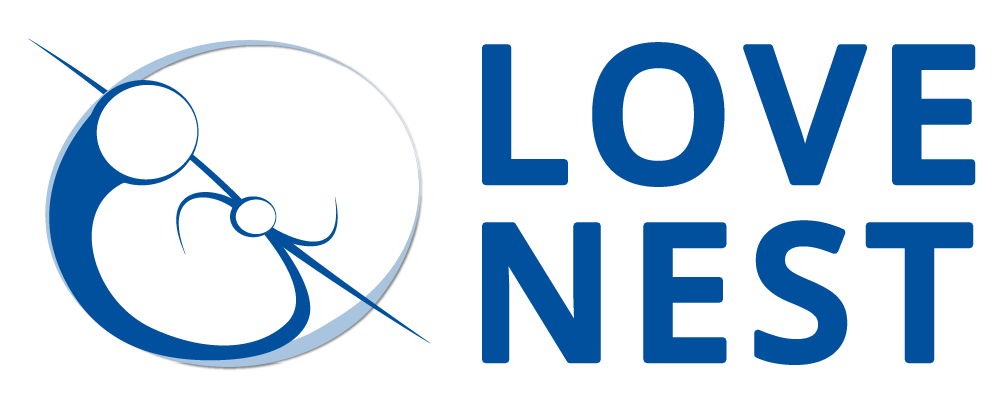WHAT IS THE MAXIMUM MASS THAT A NEUTRON STAR CAN SUPPORT BEFORE COLLAPSING INTO A BLACK HOLE?
Theory tells us that this limit cannot be much higher than 3 Solar masses. Knowing the answer has a major impact on gravitational wave astronomy and nuclear physics.
LOVE-NEST is focused on a new population of neutron stars in compact binaries known as “spiders”, because we have strong evidence that they harbor super-massive neutron stars.
The first goal is to find many more “hidden spiders” by using multi-wavelength targeted searches.
The second goal is to measure accurately their masses, using a new technique that we pioneered.
The third goal is to model, simulate and understand the interaction between the relativistic pulsar wind and its surroundings. This will constrain the properties of the intrabinary shock between the pulsar and companion winds, which can accelerate particles up to at least 10s of TeVs.
The impact of LOVE-NEST can reach further:
- the astroparticle physics community: the contribution of spiders to the cosmic rays and neutrinos observed on Earth remains largely unexplored.
- the nuclear physics community: the maximum neutron star mass depends on the microscopic interactions between particles in the core at densities of more than 1015 g/cm3.
- the rising field of gravitational wave astronomy: the signal and outcome of a double neutron star merger depends on the maximum mass of a neutron star.
